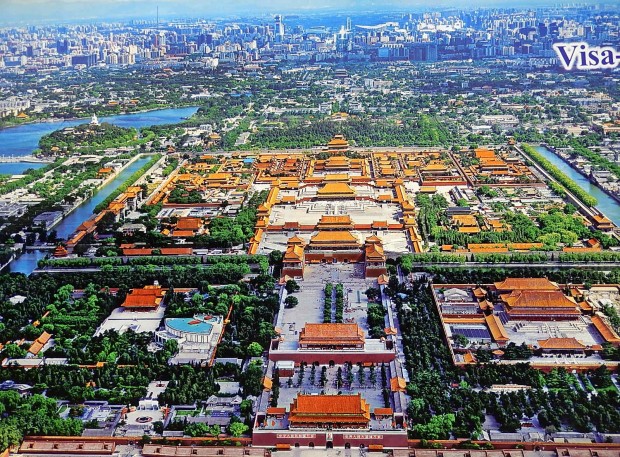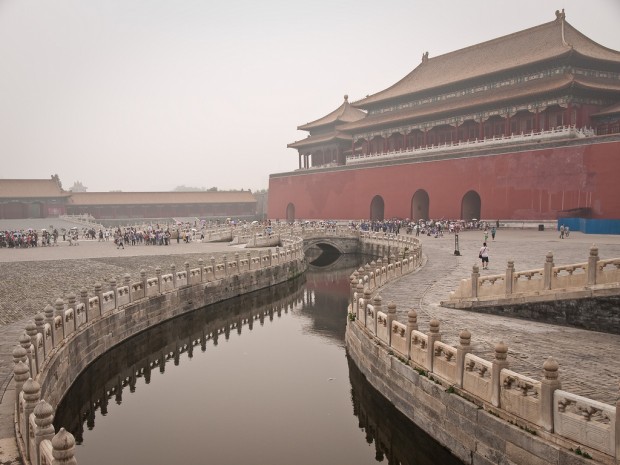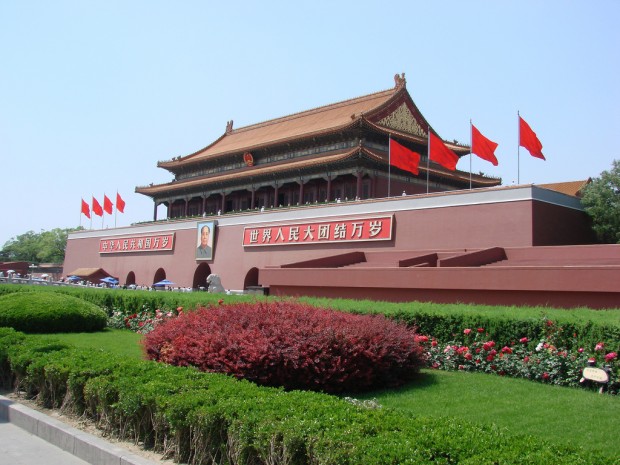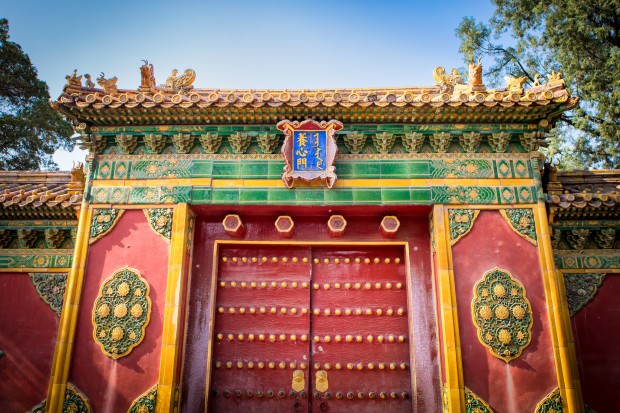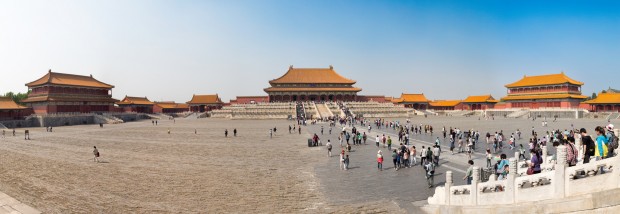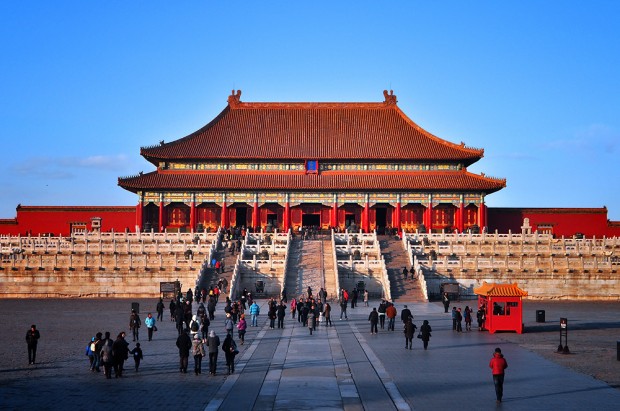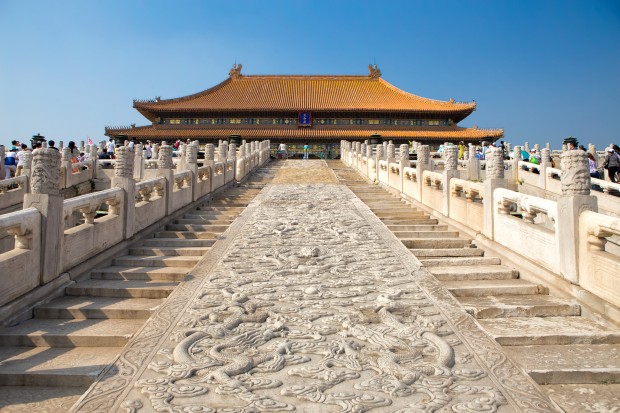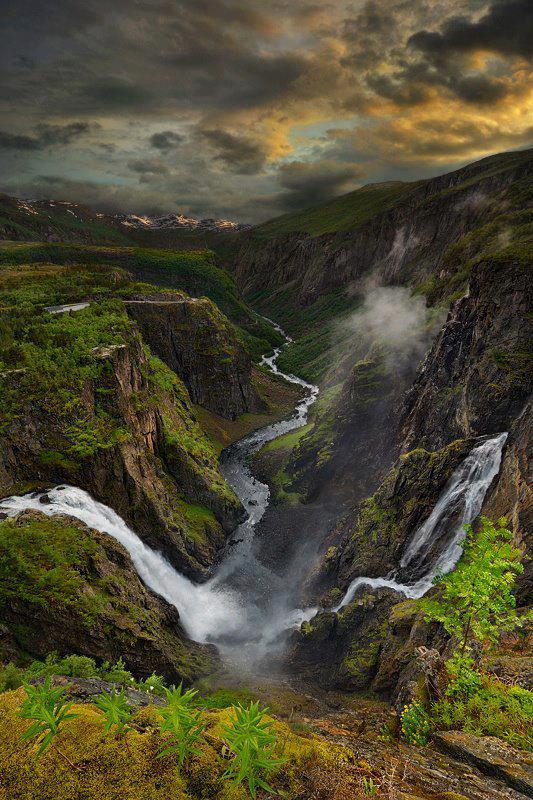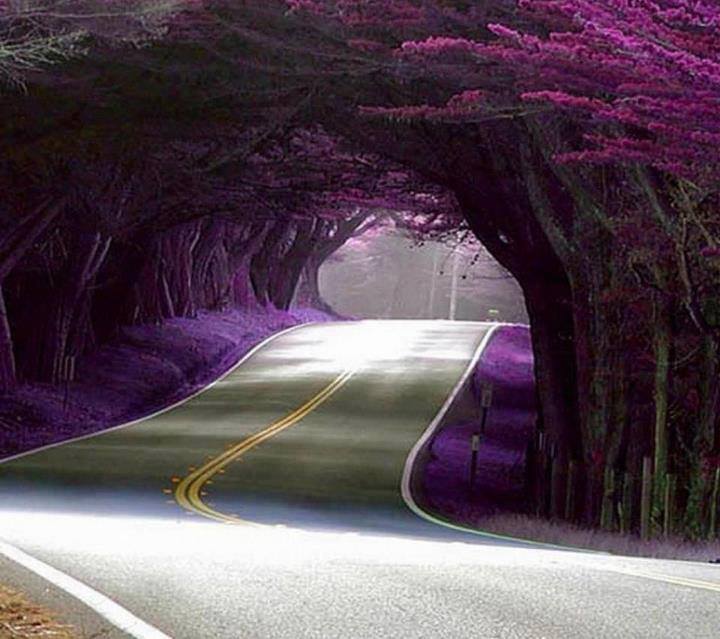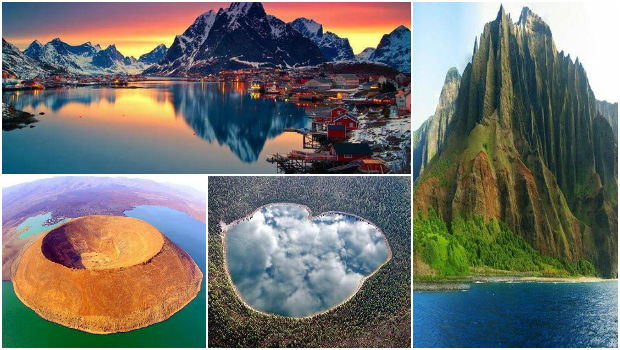In the past, man created different structures and buildings they have a variety of applications such as houses, temples and shrines of the gods, palaces of kings, high walls of defence from enemies and many others. Some of these buildings have experienced a terrible fate and razed to the ground, others were not immune to time, while some remained untouched to this day, while doing retained its beauty and grandiosity. If you love places that have their own history and traditional Chinese architecture, we proudly present you the “Forbidden City”.
“Forbidden City” is now known as a museum – castle, which according to UNESCO applies to the largest collection of preserved old wooden buildings and has been declared a World Heritage Site in 1987, as “the imperial palace of the Ming and Cheng” dynasty. The museum is now one of the biggest tourist attractions in the world, which is visited by an average of 12,830,000 visitors per year.
Image by Michael Coghlan via Flickr
Image by inkelv1122 via Flickr
Image by Michael Goodine via Flickr
“Forbidden City” or “Forbidden Palace” is located in Beijing and stretches of 720,000 m2, which contains 980 structures or more precisely 8.886 rooms. The city started to built in 1406 and for its construction were needed 14 years and 200,000 workers. “Forbidden City” was a royal palace and centre of Chinese government. Because of this, approach in this complex was banned. The name “Forbidden City” comes from “Zijin Cheng”, which means “purple forbidden city”. Violet colour is concerned the Polaris which in Chinese astronomy represented home to gods emperor. “Forbidden City” around is surrounded by high walls 8 feet deep and channels which were 6 meters deep and 52 meters wide. They were used as a defence against enemies.
Image by See-ming Lee via Flickr
Image by See-ming Lee via Flickr
Image by Andy Enero via Flickr
The walls have form of a rectangle and they have gates on all four sides. Forbidden City” is divided into two parts or southern section (outer part) and the northern section (inner part). In the southern section are housed ceremonial halls which are used for ceremonies. The northern section is located in the residence which was placed Emperor with his family. City is surrounded by royal gardens in which today can be found relatively old trees, between 100 and 300 years.
Image by See-ming Lee via Flickr

